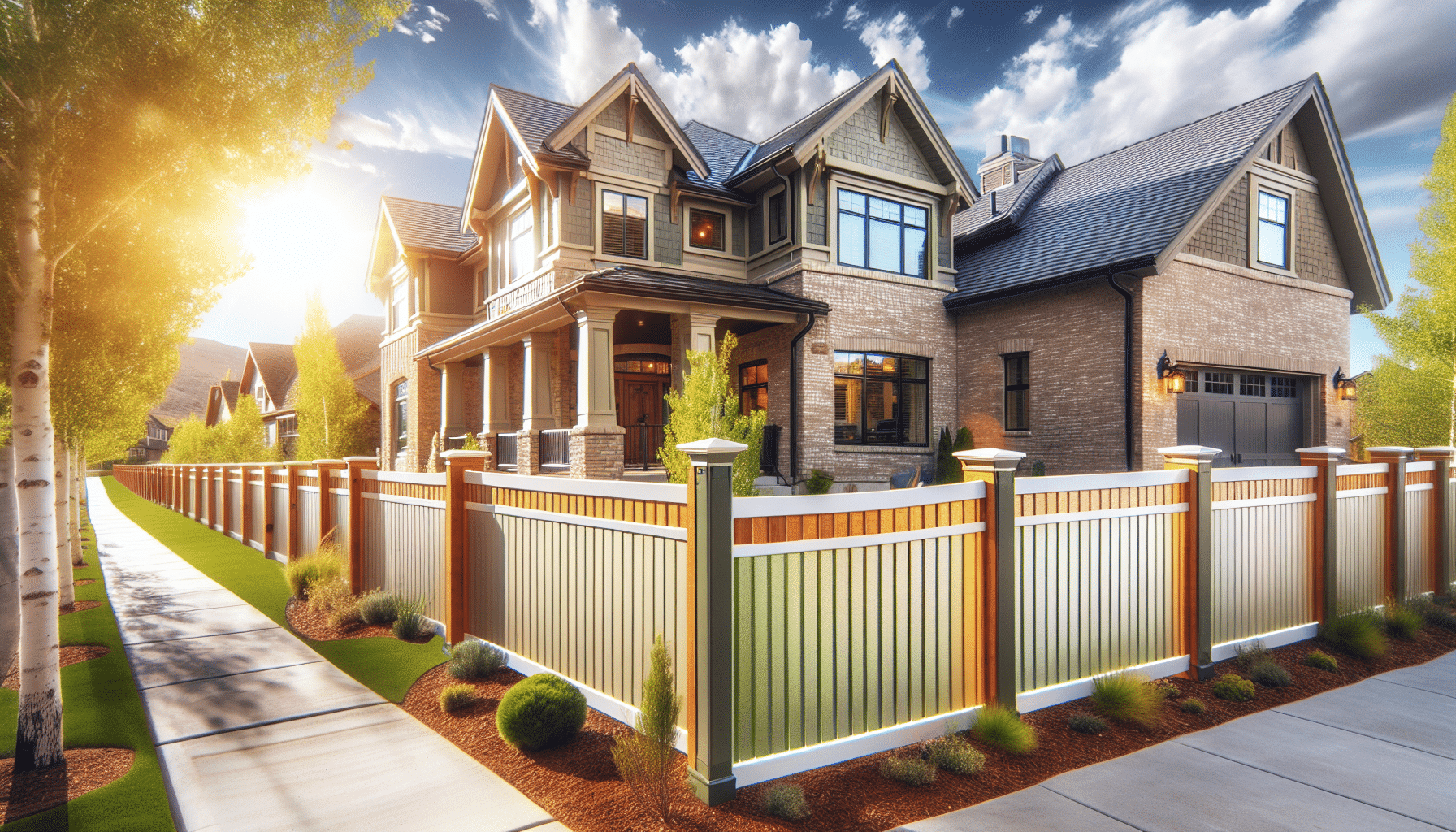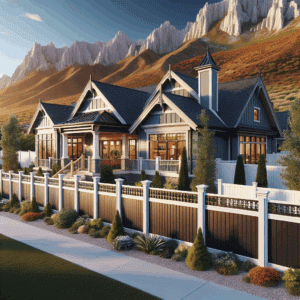Are you considering adding a Vinyl Fence to your property? At Logan Fence Company, we understand that cost is a significant factor for homeowners when deciding to install a new fence. This article will break down the various cost factors to help you make an informed decision about your investment.
Contents
Material Costs
Vinyl fencing materials are durable and require low maintenance, which adds to their popularity. The cost of materials can vary depending on the quality and style you choose. While there’s an upfront investment, the long-term savings on repairs and maintenance make it worthwhile.
When selecting materials, think about the thickness of the vinyl and any special coatings that might be available. Higher quality materials often come with longer warranties and can withstand harsher weather conditions.
Labor Costs
Installing a vinyl fence isn’t just about buying materials; professional installation also plays a significant role. Labor costs can vary based on the complexity of the job and the expertise of the crew. Hiring experienced professionals ensures the job is done correctly and efficiently.
We recommend getting multiple quotes from reputable companies to compare labor costs. While it might be tempting to cut corners with cheaper labor, quality workmanship often saves money down the road by avoiding costly repairs.
Preparation Work
Before the installation begins, some preparation work is necessary. This includes surveying the area, obtaining permits, and preparing the ground. Each of these steps has associated costs that should be factored into your overall budget.
Surveys might be needed to confirm property boundaries and prevent future disputes. Permit fees vary based on local regulations, and ground preparation can involve clearing debris or levelling the land to ensure a smooth installation process.
Fence Height and Length
The dimensions of your fence significantly impact the total cost. Taller and longer fences require more materials and labor, which increase the overall expenses. When planning your project, consider the purpose of your fence to determine the optimal height and length.
For example, privacy fences are typically taller and thus more expensive, while shorter decorative fences may be more affordable. It’s essential to balance your needs with your budget to find the best solution.
Additional Features
Many homeowners like to include additional features such as gates, post caps, or decorative panels. While these can enhance the functionality and appearance of your fence, they also add to the cost. Understanding what features are essential versus optional can help manage your budget effectively.
Gates provide access points and may require special hardware, while decorative elements add visual appeal but aren’t always necessary. Evaluate each additional feature’s cost versus its benefit to decide what fits best within your budget.
Maintenance Costs
The beauty of vinyl fencing lies in its low maintenance. There are hardly any ongoing costs, unlike Wood fences that may require regular painting or staining. However, cleaning your vinyl fence occasionally to keep it looking pristine is advisable.
Simple soap and water are usually sufficient for cleaning, and there’s no need for expensive cleaners or treatments. The low maintenance nature of vinyl fences can translate into significant savings over time.
Weather Impact
Weather conditions can influence both installation and long-term cost. Vinyl fences are generally more weather-resistant than wood but can be affected by extreme temperatures. It’s wise to understand how your local climate impacts your fence choice.
In areas prone to extreme cold, vinyl may become brittle, while intense heat can cause expansion. Knowing these factors can help you choose the right type of vinyl for your area and possibly save on future repair costs.
Cost Variation by Contractor
Different contractors might offer varying quotes for the same job due to their experience, reputation, and workload. It’s essential to do your homework and read reviews before making your choice. A well-reviewed contractor might save you money on future repairs or adjustments.
Consider value over price and ensure the contractor offers transparent pricing without hidden fees. You can also ask for a detailed breakdown of what their quote includes, helping you compare effectively.
DIY vs. Professional Installation
Some homeowners consider the DIY route to cut costs. While this might save you money upfront, the potential for errors is high. Professional installation guarantees the fence is installed correctly, ensuring longevity and reducing the likelihood of future repairs.
Think about your skill level and the time you’re willing to commit. DIY projects often take longer and might not always yield the professional results you’re expecting.
Budgeting Tips
To help you manage your budget effectively, here are five tips to keep in mind:
- Research thoroughly: Know the different material and labor costs in advance.
- Get multiple quotes: Compare prices from various contractors to find the best deal.
- Plan for extras: Set aside a contingency fund for unexpected expenses.
- Evaluate needs vs. wants: Determine which features are essential and which are optional.
- Check for warranties: Opt for materials and labor that come with warranties for extra peace of mind.
Final Thoughts
Understanding the various factors affecting the cost of installing a vinyl fence can help you make an informed decision. By considering material, labor, preparation work, and additional features, you can create a comprehensive budget for your project.
Contact Logan Fence Company today to get started on your vinyl fence installation. Reach us by phone at 435-383-5152 or Request a Free Quote.




